Inside The Continental, the John Wick prequel series that trades gun-fu for expressive ‘disco noir’
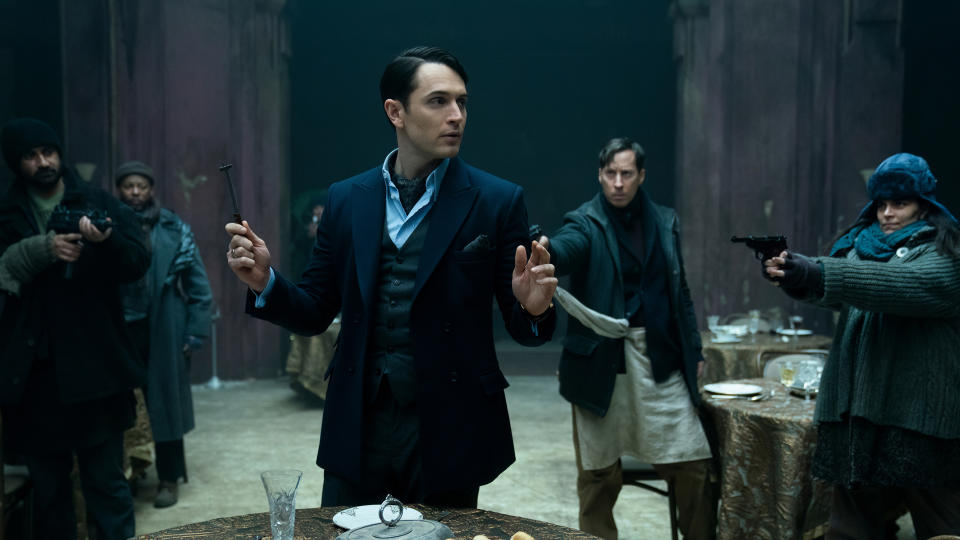
Ask John Wick fans to list the franchise’s biggest selling points, and the term ‘gun-fu’ will eventually pop up. A portmanteau of gun and kung fu, the close-quarters firearms-based combat popularized in the West by 90s movies such as Desperado and The Matrix, has become synonymous with the action-thriller film series. Without this martial arts-inspired fighting style or lead star Keanu Reeves, the John Wick movies might not be as revered as they are.
And yet The Continental: From the World of John Wick – to note its full title – doesn’t follow suit. Instead, the franchise’s TV spin-off aims to introduce its own artistic flavor to this fan-favorite universe. Gone is the jaw-dropping action of the films, and, in its place, a bold, stylized culture clash emerges that might make The Continental one of the more aesthetically interesting shows of modern times.
“The term I keep using to describe this show is ‘disco noir’”, Albert Hughes, one of the miniseries’ directors, tells TechRadar. “We know what noir films are, but what does disco represent? It means fun, freedom, and expression, which speak to the level of creativity we had. The John Wick universe has rules [that its characters must follow] but, in filmmaking, you can go crazy. And nothing is too crazy for this world; you can throw anything at it and it’ll work.”
Crafting a new vibe
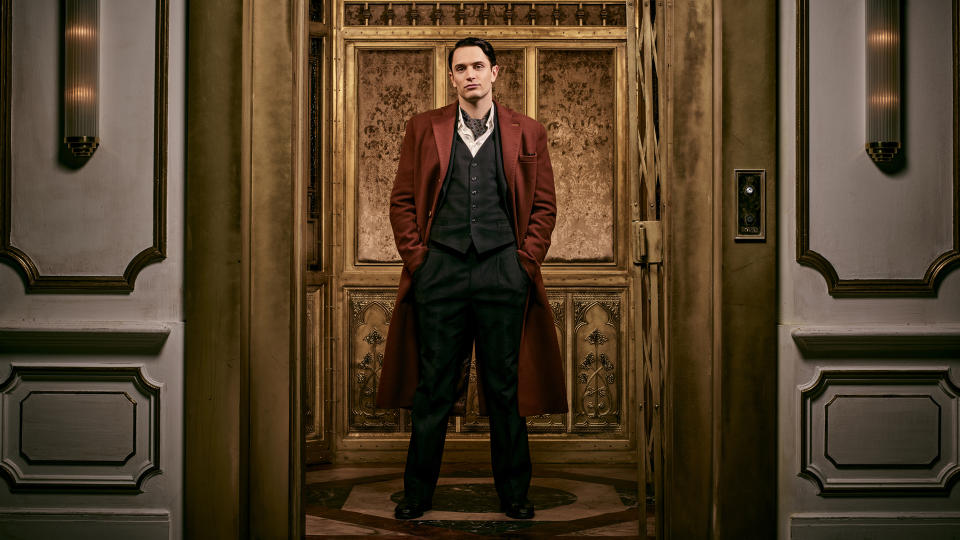
The Continental spans a three-day period in the 1970s and tells the tale of Winston Scott’s (Colin Woodell) rise from British socialite to New York manager of the assassins-only hotel chain. Pulled back into a life he’d left behind by the titular hotel’s callous manager Cormac (Mel Gibson), Winston is tasked with locating his estranged brother Frankie (Ben Robson) who has stolen a precious item vital to running The Continental. However, what starts out as a relatively simple mission soon becomes a fight for survival – and a coming-of-age journey that leads to Winston assuming the role he holds in the John Wick movies.
At first glance, it doesn’t sound like The Continental is as fun-filled as its ‘disco noir’ terminology suggests. Like the John Wick films, though, Hughes explains the Prime Video and Peacock simulcast isn’t a wholly serious affair, and actually has serial franchise director Chad Stahelski to thank for its unique tonality.
You can look at the established John Wick sandbox and feel an immediate sense of pressure
“When I first talked to Chad, he told me his John Wick influences were Asian films, [US stage director-choreographer] Bob Fosse, and musicals,” Hughes says. “Chad really likes his fight choreography to resemble dance numbers.
“When we were brainstorming for the show, he asked me what I was inspired by, and I said ‘I’ve got to go and think about that’, so I went away and thought about the music from my childhood. I’m biracial, so my mom listened to Pink Floyd, and my dad listened to James Brown. In the films, you also see these sequences with techno music, which has its roots in disco, so that combination of musical influences and the 70s setting were the creative jumping-off points for it.”
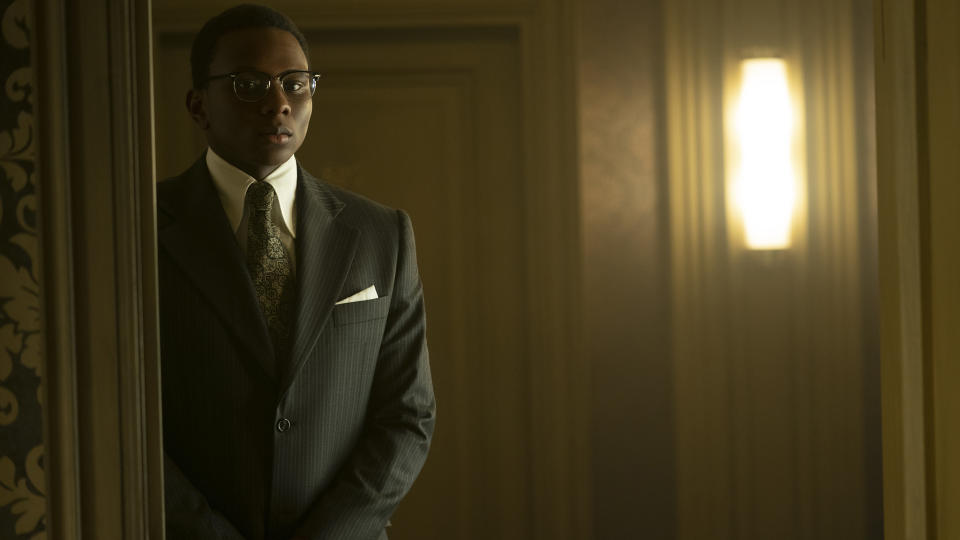
It isn’t just multiple musical genres that guided The Continental’s look and feel. Everything from 70s psychological thrillers and neo-noir movies, to over-the-top action flicks and buddy cop films of the 80s governed the prequel miniseries’ distinctive visual and thematic flair.
Unsurprisingly, the John Wick movies were key inspirations, but eight other great action-oriented films also left their mark on The Continental. Outliers like 1969’s Midnight Cowboy – one of Hughes’ favorite movies – and dystopian alternate-history TV show The Man in the High Castle (one of the best Prime Video shows that ran from 2015 to 2019) further embellished the miniseries’ vibe.
“The John Wick movies are so stylized and beautiful,” Charlotte Brändström, the prequel’s other director, says. “They deal with mythology, art, and scene direction very well, but they also stay true to the drama. That’s what I find so fascinating about directing different projects. Each one is unique, and The Continental is no different. That amalgamation of various movies and shows, when paired with the story and what I can add from a visual perspective, performs extraordinarily well.”
Original action-packed plays
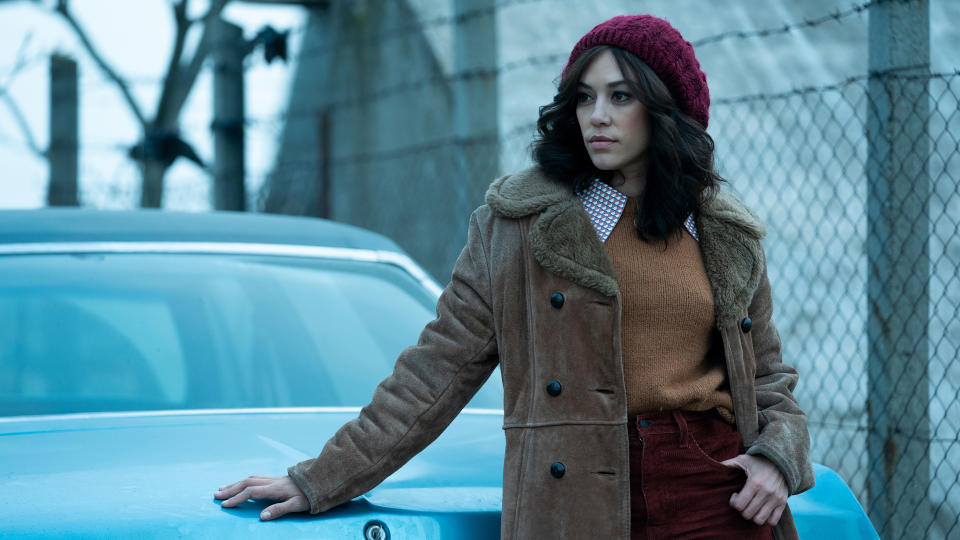
Crafting a dramatic, entertaining tale fit for the John Wick universe is all well and good. To fully satisfy viewers, though, its action needs to be as complex, frenzied, gruesome, and elegant as its movie brethren.
To that end, 87eleven – the stunt design team co-owned by Stahelski and David Leitch, whose astonishing work on the movies elevated their fight sequences – were drafted in for the TV spin-off. Led by second unit director Larnell Stovall, The Continental’s physically demanding set pieces are at times as ferocious and balletic as the movies.
“Larnell knows what is expected from this franchise,” Brändström says. “He knows how to please fans with the action, and he was very inventive with what you see on the screen. He choreographed a lot of those scenes and even changed the script to add stuff in to elevate them.”
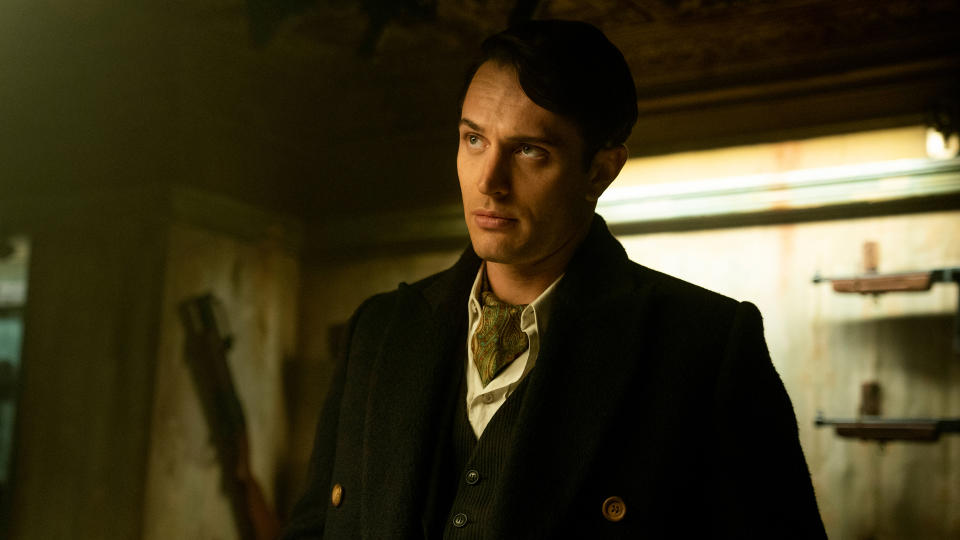
Nowhere is this creative approach more evident than a Frankie-starring stairwell action scene in episode 1 ‘Brothers in Arms’. A sequence reminiscent of high-rise building-set films, such as 2011’s The Raid, it’s an in-your-face spectacle imbued with John Wick’s action DNA but one that’s equally idiosyncratic in its makeup.
“I wanted a sense of playfulness rather than full-blown realism,” Hughes explains. “For lack of a better word, John Wick is fantasy. It’s set in a parallel universe with an impressionistic take on 1970s New York. So I wanted the action to be somewhat fanciful and have a little bit of Buster Keaton and Jackie Chan about it, such as Frankie throwing the stolen object at enemies or using it as a shield. With the 87eleven crew, they know what they’re doing, and it’s actually more freeing because they’re not dealing with reality.
“But we still wanted to create challenges for them. We’d say ‘okay, we have this room in a barber shop, what can we use to make this fight unique?’. They’d go away and come up with combat scenarios where the chairs and clippers get used as weapons. They’re specialists when it comes to using the environment and that gives our fights a really refreshing feel.”
Casting calls and fleshing out the franchise
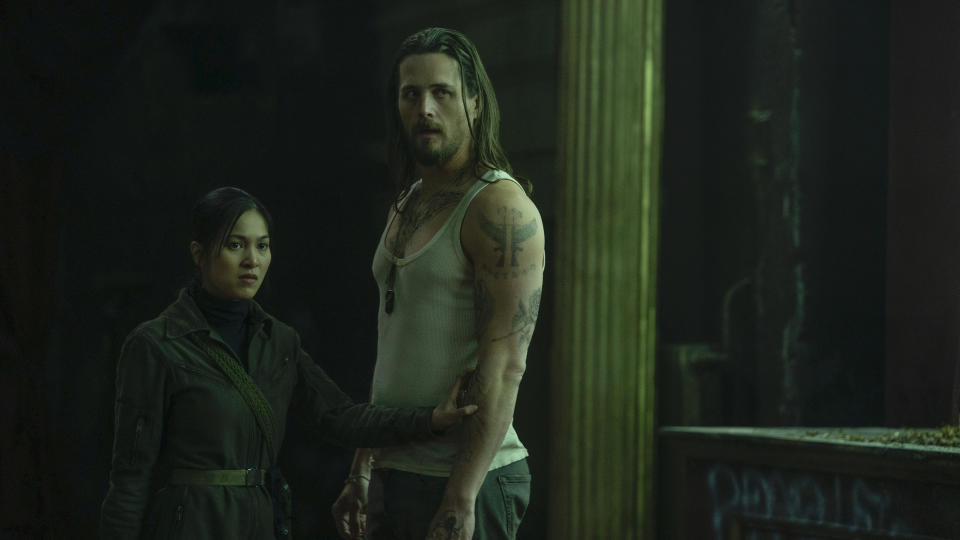
Apart from Woodell’s Winston and The Continental’s intriguing younger version of fan-favorite concierge Charon (Ayomide Adegun), the series introduces a host of new characters to the John Wick universe. That includes hard-boiled detective KD (Mishel Prada), Frankie’s fellow Vietnam War veteran Miles (Hubert Point-Du Jour) and his resolute sister Lou (Jessica Allain), and Frankie’s wife and former Vietcong soldier Yen (Nhung Kate).
The addition of these individuals, including Gibson’s controversial casting as Cormac, which Hughes and Brändström have been at pains to defend, expands this world beyond the confines of characters seen in the movies. As Brändström proposes, it gives The Continental: From the World of John Wick an ensemble quality that juxtaposes the films’ primary focus on the franchise’s titular lone wolf.
The John Wick movies deal with mythology, art, and scene direction very well, but they also stay true to the drama
“We lean into these characters’ backstories more than the movies do,” Brändström elaborates. “It focuses on their individual and collective journeys, and we go deep into what makes them all tick. If they [the studios] want to do more seasons, they have to take those characters with them, so we had to find ways for viewers to relate to them and, in most cases, want them to succeed. Creatively, we tried to make scenes very cinematic – sometimes using high and/or low angles – to create visual and emotional depth that would help audiences resonate with whoever’s on the screen.”
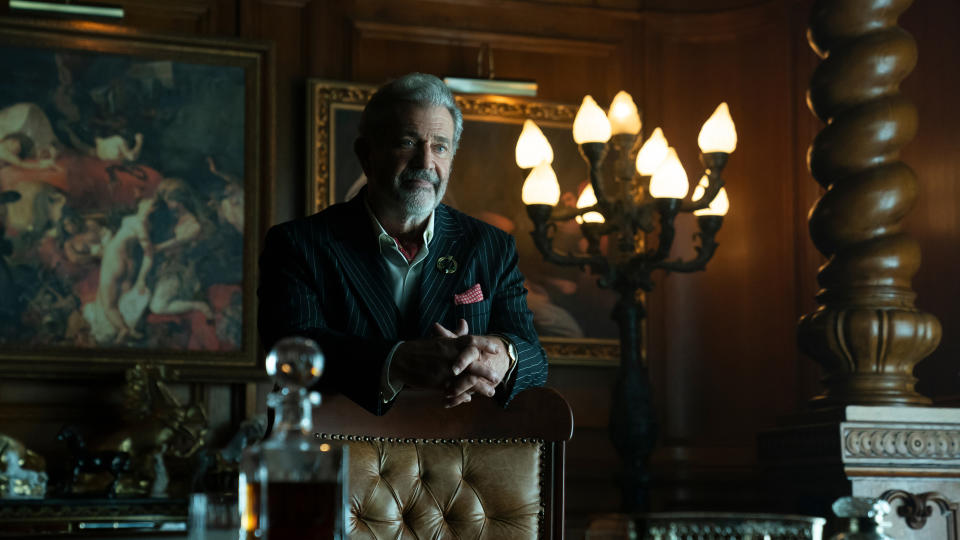
Even with its individualistic paint job, dynamically finessed combat, and talented cast and crew, it remains to be seen if viewers will check into – and enjoy their stay at – The Continental. In our review of The Continental, we called it a “risky spin-off that lacks Keanu Reeves’ star power” and a “fun if creatively challenged companion piece to the franchise’s films” (find out how to watch the John Wick movies in order while you’re here).
To some readers, such comments may set alarm bells ringing about how the action-thriller series will fare without its star. The four Reeves-fronted flicks have cumulatively earned over $1 billion globally, with John Wick: Chapter 4 accounting for over $430 million of that alone. Without the hugely popular actor – there have been tentative discussions about Reeves returning for a fifth film, but nothing official yet – the franchise’s longevity could be called into question. Fresh evidence of that possibility might come to light if Ballerina, the forthcoming Ana de Armas-starring film spin-off, joins The Continental in failing to meet fans’ expectations.
Hughes, though, thinks reinvention is necessary for long-running franchises to thrive. Side projects like The Continental can have all the John Wick references they want – and, as Hughes teases, there are “lots of Easter eggs for hardcore fans” to look out for in the miniseries. Ultimately, though, they require their own style and substance to not only build on their predecessors but make their own mark on a franchise as successful as John Wick.
“You can look at the established John Wick sandbox and feel an immediate sense of pressure [to do justice to the series],” Hughes says. “Or, you can look at it like Noah Hawley did with Hulu’s Fargo remake, or what Jon Favreau and Tony Gilroy have done with Star Wars through The Mandalorian and Andor. You can have your own fresh spin on the world that’s already been created. It’s been pretty cool to reverse-engineer what was done and go back to the 70s. I’ve never had as much fun shooting on a project, and I hope audiences enjoy the wild ride we take them on.”
The Continental: From the World of John Wick episode 1 is now available on Peacock in the US and Prime Video internationally. Episodes 2 and 3 launch on September 29 and October 6.

 money
money 